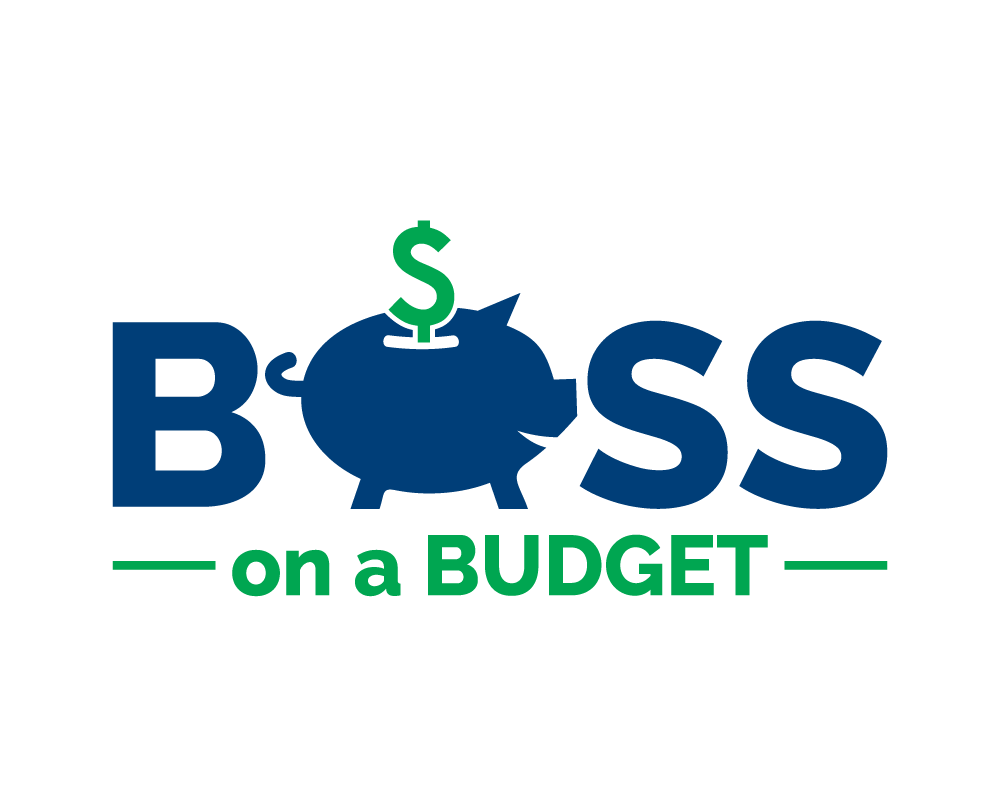How to Turn First-Time Donors Into Lifelong Supporters
Getting a donor to give once is a big deal, but getting them to give again? That’s the foundation of sustainable fundraising.
Many nonprofits struggle with first-time donor retention. Recent research from the Fundraising Effectiveness Project found that donor numbers declined across all donor types in 2024. The largest declines were seen in new donor engagement, with new donors, who comprised almost 40% of all donors, seeing a 7% drop. However, with the right strategy, you can increase donor loyalty and build a community of long-term supporters who believe in your mission.
Whether you’re just starting out or looking to improve retention rates for your growing organization, these simple tactics will help you make the most of each first gift and keep supporters coming back.
1. Segment and personalize your outreach.
Every donor is different, with unique likes, dislikes, motivations, and giving histories, and your communications should reflect that. Segmenting your donor base using data like giving history, gift size, and engagement preferences allows you to speak directly to what motivates each group.
Start by reviewing your donor management software’s segmentation features, which you can use to create different groups of new donors based on their unique traits. For example, you can develop segments for first-time donors who gave:
Through a specific campaign
At an event
In honor of or in memory of someone
After volunteering for your cause
An in-kind donation
Next, tailor your messages to each segment’s interests and needs. For example, you can send volunteer impact updates to contributors who also volunteer or fundraising gala updates to in-kind donors who donated items or services for your event. Personalized thank-you emails, targeted updates, and customized appeals help donors feel seen and appreciated.
2. Follow up with a purpose.
The first 48 hours after a donation are critical. That’s your window to make a strong impression on brand-new supporters and set the tone for ongoing relationships.
Always send a thank-you message within that time frame. This message should do three things:
Reaffirm the donor’s impact with a specific example. For instance, let the donor know how you used their $100 gift to purchase PPE for volunteer nurses at a local healthcare organization.
Share what’s coming next. Preview upcoming events and campaigns that your organization is planning, whether a fundraising 5K, peer-to-peer campaign, or silent auction.
Invite new donors to stay engaged. Share your social media handles and a link to your website’s blog so new donors can stay informed on all essential updates.
Your appreciation efforts don’t have to begin and end with thank-you emails. To go above and beyond in making donors feel valued, you should also provide additional unique touchpoints, such as phone calls or handwritten letters.
3. Create two-way relationships.
It’s easy to think of donor communication as one-sided. But when donors feel heard and involved, they’re much more likely to stick around.
Developing two-way communications allows you to steward donors more effectively and build long-lasting relationships based on mutual trust and respect.
Consider inviting first-time donors to give feedback through a quick survey after they donate. You can ask questions like:
How did you hear about our fundraising campaign?
What inspired your gift?
How would you prefer to stay in touch?
What kind of impact stories interest you most?
These insights not only guide future outreach but also show donors you value their voices. You can also build community through events, whether they’re casual Zoom chats or larger gatherings. Make a point to engage with supporters face-to-face and get to know them so they feel included and welcomed in your mission.
4. Think beyond the ask.
Consider this: Would you feel more connected to an organization if you only donated once or twice a year without much communication from them? Or would you feel a stronger attachment to one where you were actively involved in various initiatives beyond just giving, with frequent interactions between you and the nonprofit?
The truth is that most supporters' loyalty grows when they see themselves as more than just a funding source. Look for ways to involve donors between campaigns to show that you value their personal involvement in your mission.
Use these tips to invite donors to engage more deeply with your cause:
Share exclusive behind-the-scenes updates. Use instant communication platforms, like text or social media, to keep donors connected to your cause on an ongoing basis.
Invite donors to vote on your next campaign theme. Send a survey with a range of options and use social media, email, and your website to encourage supporters to choose their favorites.
Engage donors in volunteering or advocacy. Invite new supporters to participate in volunteer shifts or advocacy activities like phone banking or door knocking.
Offer membership perks for recurring givers. Bloomerang’s guide to nonprofit membership software recommends leveraging a membership-focused software solution to offer different perks to members at different levels. For example, lower-tier members could receive access to a free yearly calendar from your organization, while higher-tier supporters may be invited to your environmental nonprofit’s annual kayaking retreat.
Track donors’ levels of involvement and interaction with different types of outreach. Store this data in your CRM’s donor profiles to help you understand donors’ interests and tailor future outreach.
Using our previous example, you might notice that a specific member frequently volunteers with your organization’s river cleanups. In that case, you can send them emails that highlight all the fun members have on your annual kayaking trip, encouraging them to increase their giving levels so they can also attend.
Wrapping up
Increasing donor loyalty requires thoughtful, intentional steps to build trust and connection. By personalizing your outreach, following up meaningfully, inviting donor feedback, and engaging supporters beyond the ask, you’ll be well on your way to turning first-time donors into lifelong advocates.
Start small. Pick one tactic from this list and test it this month. Over time, those efforts will compound, and so will your donor retention.


